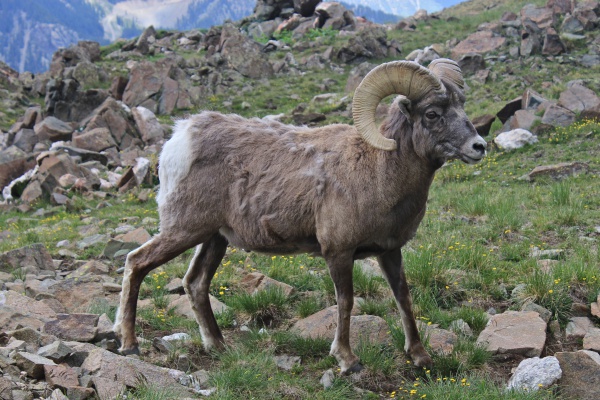Facts About Bighorn, Mountain Sheep
The bighorn sheep (Ovis canadensis), a majestic species native to North America, derives its name from its impressive, large horns. Recent genetic testing has identified three subspecies, one of which is currently endangered. These sheep originally migrated to North America from Siberia via the Bering Land Bridge. Unfortunately, by 1900, their populations had drastically declined due to disease and overhunting.
In terms of taxonomy, Ovis canadensis is one of three mountain sheep species found in North America and Siberia. The three recognized subspecies of bighorn sheep are the Rocky Mountain, Sierra Nevada, and Desert bighorn sheep. Although there were once thought to be seven subspecies, genetic studies have revealed this number to be an overestimation.
Bighorn sheep are easily identifiable by their large, curled horns. Males can weigh up to 143 kg and inhabit both mountainous regions and desert ecosystems, each type adapting uniquely to its environment. However, they are vulnerable to diseases transmitted from domestic sheep and face predation threats from animals like cougars.
These sheep live in herds and exhibit complex social behaviors, especially during the mating season. Female bighorn sheep, or ewes, have a six-month gestation period and typically give birth to one or two lambs in the spring. Unfortunately, they often suffer from infectious diseases like pneumonia, commonly spread from domestic sheep.
Conservation efforts for bighorn sheep have been underway since their population decline in the mid-20th century. While some restoration programs have been successful, challenges persist. Hunting of bighorn sheep is now regulated across North America. These animals hold cultural significance for Indigenous tribes and are valued for their meat and horns.

 Canada
Canada